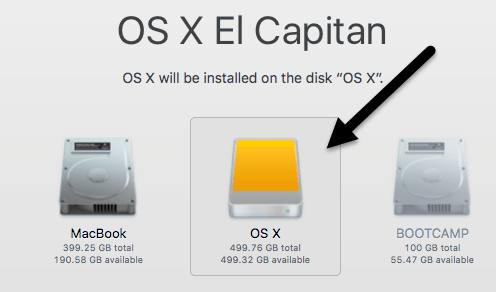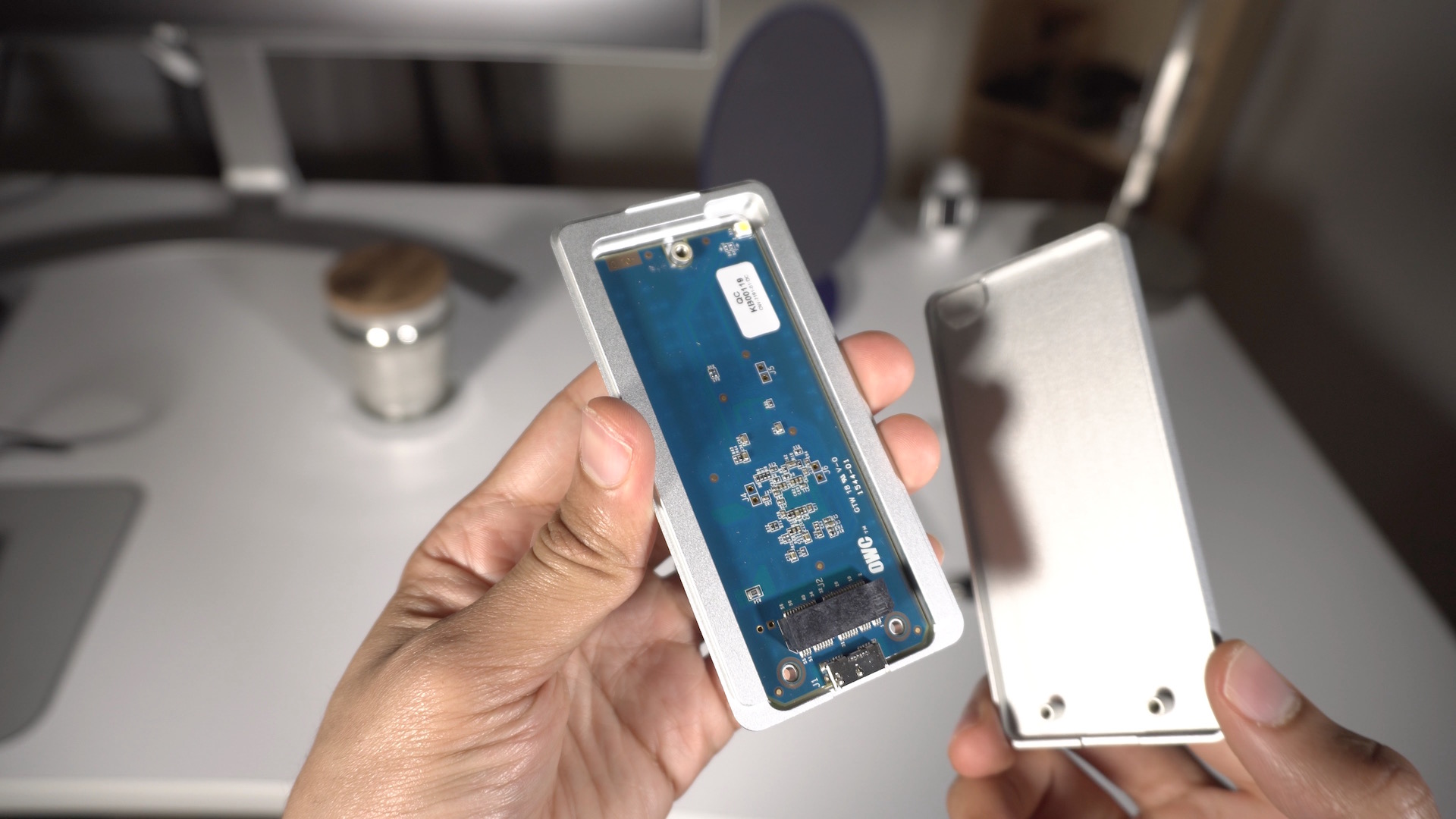Bluestacks network settings. With the release of El Capitan, Apple took the opportunity to give Disk Utility a facelift. You can still use the software to format a startup drive—it’s similar to the steps in the previous version. Warblade download full version 1 33.

With that said, you can apparently hack later versions of macOS install media to get it on that machine (up to El Capitan listed) but YMMV. I have access to a 2008 early model MacBook Pro that has Mavericks installed and it allowed me to download the El Capitan installation media (which I used to update the 2010 Mac Pro I have access to; now. Once the new SSD is installed, and you've created the bootable USB drive - insert USB drive into the Mac, start it up holding the alt (option) key, and select the Install El Captian drive. Format the SSD from Disk Utility, then install.
Had a similar problem when trying to install new ssd 240gb crucial bx500 on macbook 2008 late aluminium. Bootable el capitan usb created using createinstallmedia from a working elcapitan install will not show startup manager. Just a grey screen with a working mouse pointer. 4) Visit the AppStore to download OS X El Capitan package for installation. 5) Launch “Install OS X El Capitan.” Stick to the stages offered by the setup program tips. 6) Select the SSD disk that you wish to install the OS to, and Restart. 7) Sit back and relax while the system is doing everything else. El Capitan clean install on new SSD Hi I searched clean install and found some useful information, but the threads are archived and I had a few more questions. I purchased an OWC Data Doubler for my Late 2011 15' MacBookPro and I would like to do a clean install of El Capitan onto the new SSD drive when it comes out at the end of the month.
This how-to goes through the steps of formatting a startup drive using Disk Utility 15 in El Capitan. If you’re using an older version of Disk Utility, the steps are here.
1. Connect your drive
To format an external storage device, connect it to one of the ports on your Mac. Turn the drive on, and make sure it appears in the Finder.
If you’ve already installed El Capitan and you want to format you Mac’s internal drive, you can boot into Recovery Mode to format the drive. To boot into Recovery mode, start up your Mac and hold down Command-R. You should see a window labeled OS X Utilities. (Note: if you format your Mac’s internal drive, this will erase all of the data on the drive, including your apps, file, and the operating system.)
2. Open Disk Utility
You’ll use OS X’s Disk Utility app to format the drive. Locate Disk Utility in Applications > Utilities and open it. Dazzle dvd recorder hd driver for mac.
If you booted into Recovery mode, select Disk Utility at the bottom of the window (see below).
3. Select the storage device in Disk Utility
Disk Utility’s left pane shows the storage devices connected to your Mac. Underneath each device are the drive’s partitions. Select the device you want to format. Then click the Erase button at the top.
If the Erase button is dimmed, it means the drive you want to format is in use and you need to boot off another drive or into Recovery mode, which was described in step 1.
4. Name and Format

A dialog box will appear. You need to enter a name for your storage device.
Click the pop-up menu for Format, and you can select one of the formats. The default selection is OS X Extended (Journaled); if you want a layer of security, you can go with OS X Extended (Journaled, Encrypted), which will encrypt your storage device. (If you don’t see the Encrypted options, that’s probably because the drive you are formatting is currently not using a GUID Partition Map. Select OS X Extended (Journaled), proceed to step 5, and then come back to step 4, repeating the step but with an Encrypted option selected.)

The “Case-sensitive” formats allow for file names with capital letters to be different from lowercase letters. So, for example, three files named FILE, File, and file can exist in the same folder. You probably don’t need to use a Case-sensitive format.
MS-DOS and ExFat are PC formats. Since we’re formatting a Mac startup drive, you can ignore these two.
5. Scheme
There’s a third selection you need to make called Scheme. For an Intel-based Mac running El Capitan, select GUID Partition Map. There are two other options you can ignore: Master Boot Record is for Windows, and Apple Partition Map is for PowerPC-based Macs (remember those?).
Install El Capitan On External Ssd
When you click Erase, Disk Utility will erase the data, reformat the storage device, and mount the drive on your desktop. Click Erase when you’re ready to proceed. After a few minutes, your storage device will be ready for you to install El Capitan.